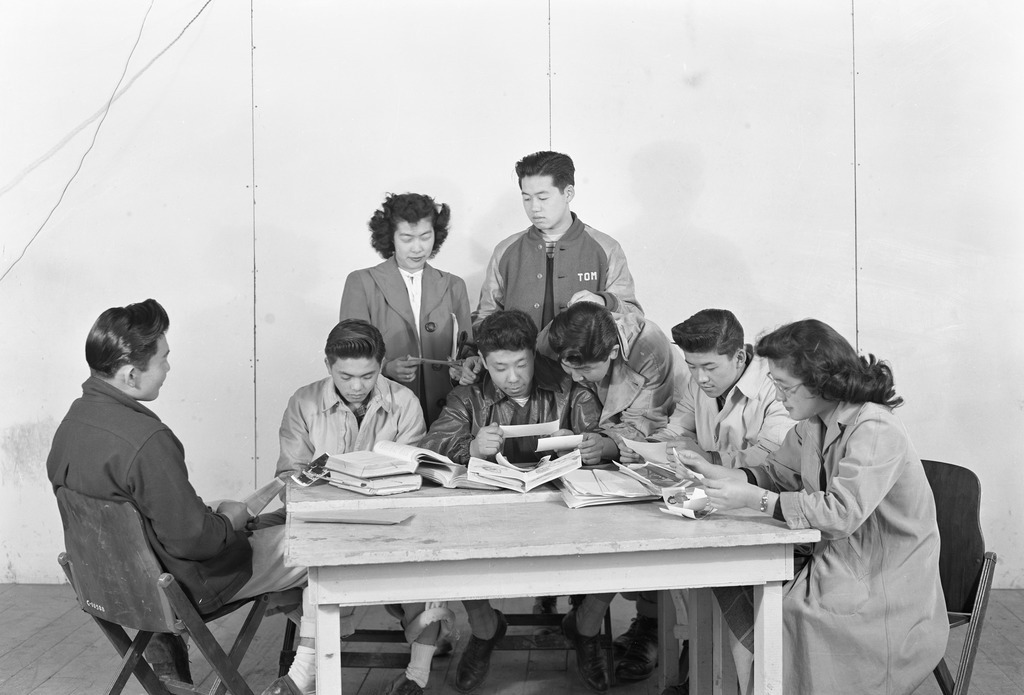August 16, 2023
Looking for some summer reading for the students—and learners of any age—in your life? Densho Content Director Brian Niiya recommends some graphic novels and youth-friendly books with plotlines related to Japanese American WWII incarceration.
There are now a lot of books for children about some aspect of the World War II incarceration of Japanese Americans. While I have written about both picture books for young children and young adult books for older ones in recent years, there are many more that have come out since. So as our very warm summer continues, here are some recommendations among these newer works.
Graphic Novels
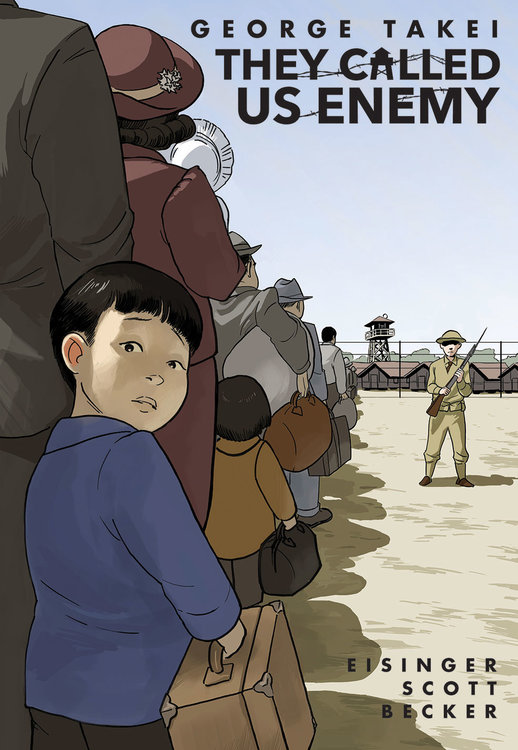
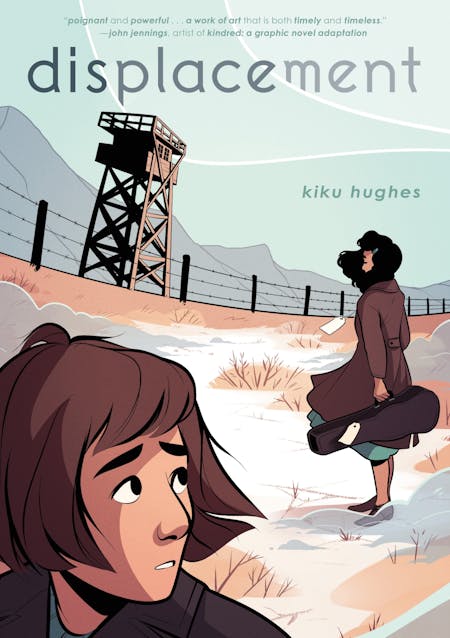
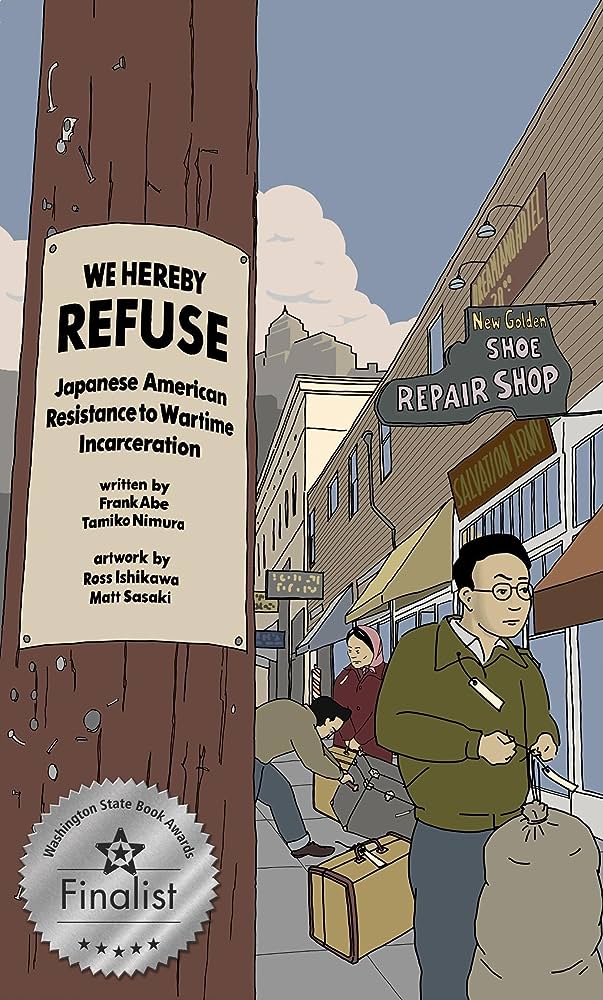
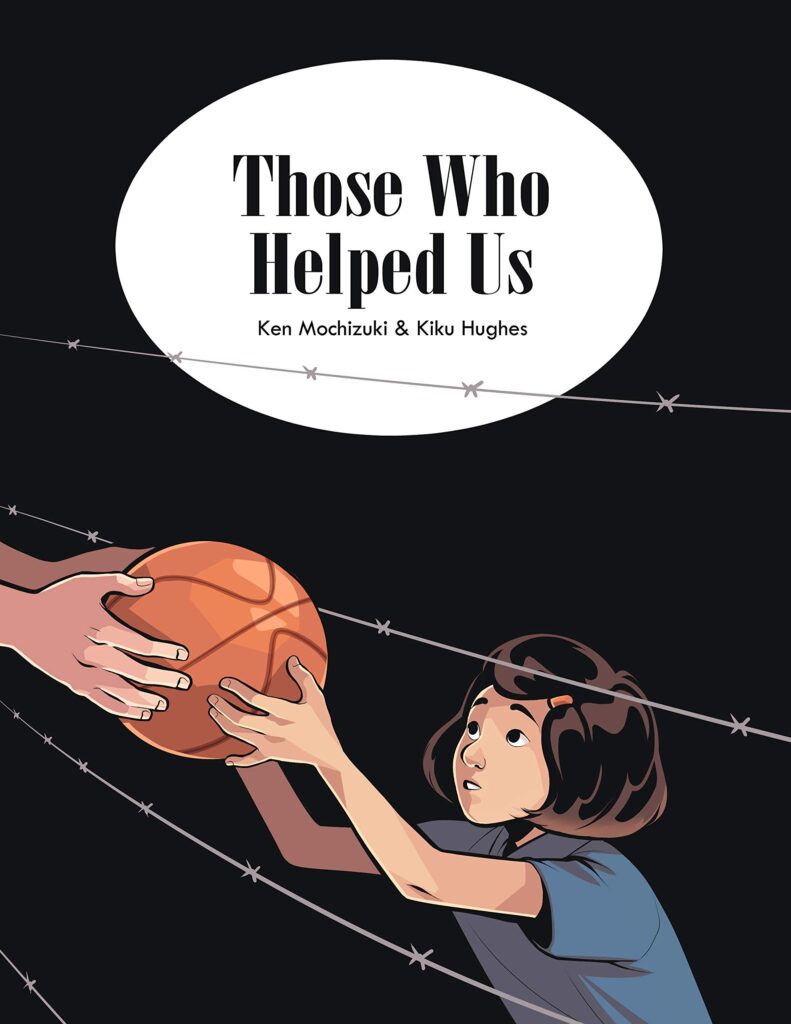
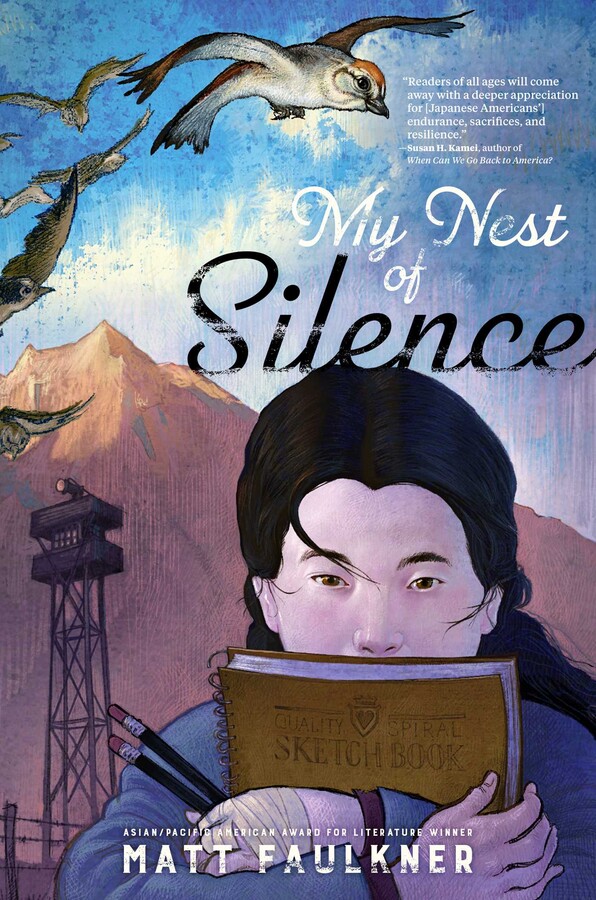
They Called Us Enemy
George Takei, Justin Eisinger, Steven Scott
Artwork by Harmony Becker
Displacement
Kiku Hughes
We Hereby Refuse: Japanese American Resistance to Wartime Incarceration
Frank Abe and Tamiko Nimura
Artwork by Ross Ishikawa and Matt Sasaki
Those Who Helped Us
Ken Mochizuki and Kiku Hughes
My Nest of Silence
Matt Faulkner
Though one of the earliest and most widely read and cited books by a Japanese American on the incarceration experience was a graphic novel of sorts—Miné Okubo’s Citizen 13660, published in 1946—it has only been in recent years that we have seen multiple graphic novels on the topic.
The best known of the recent graphic novels is undoubtedly They Called Us Enemy by George Takei, Justin Eisinger, and Steven Scott with art by Harmony Becker. Written in Takei’s first person voice, it is framed as coming out of a TED talk and moves back and forth between the present and the war years, also covering the family’s postwar return to Southern California. Perhaps 20% of the book covers his postwar life and career and the continuing influence and impact of the incarceration story, as well as parallels to the present. Becker’s Japanese style drawings nicely illustrate the storyline. Though there are a couple of “worse than it was” moments, the history is generally handled well.
The next three books are related, with two of them illustrated by Kiku Hughes, two stemming from a collaboration between Chin Music Press and Wing Luke Museum, and all having Seattle roots.
Displacement is about sixteen year old protagonist “Kiku Hughes,” who begins to experience episodes of time travel that take her back to her grandmother’s wartime incarceration at Tanforan and Topaz, where she comes of age alongside her grandmother. Hughes’s vividly colored comic book style drawings more or less accurately convey a high-schooler’s experience in camp. Though perhaps a bit didactic, the text believably conveys a young person’s excitement at learning their family history in the context of current events.
We Hereby Refuse: Japanese American Resistance to Wartime Incarceration is a four-person collaboration between writers Frank Abe and Tamiko Nimura and illustrators Ross Ishikawa and Matt Sasaki that tells its story through the eyes of notable resisters Jim Akutsu (a draft resister at Minidoka), Mitsuye Endo, and Hiroshi Kashiwagi. Seemingly packed with as much information as an academic book or article, but presented in a graphic novel format, it is a terrific introduction to the resistance topic for college students or adults who are more visual learners, and in fact I use it in the Japanese American incarceration class I teach at UCLA.
Those Who Helped Us, written by Ken Mochizuki and illustrated by Kiku Hughes, weaves together the stories of non-Japanese Americans who assisted Japanese Americans during the incarceration drama through the fictional story of teenage protagonist Sumi Tanaka and her family. In tracing their removal from Seattle and incarceration at Puyallup and Minidoka, they encounter such notable helpers as Ada Mahon, Rev. Emery Andrews, and Thomas Bodine among others. Though the plotting is a bit forced so as to bring in all of these sympathetic historical figures, it is a worthwhile introduction of their stories, if perhaps less compelling than the other two related books.
Matt Faulkner’s My Nest of Silence tells the story of siblings Mari and Mak Asai at Manzanar. When older brother Mak decides to volunteer for the army against the wishes of his Issei father, teenaged Mari vows not to speak while he is gone, thinking that will insure his safety. Faulkner’s evocative drawings that mostly tell Mak’s story alternate with prose sections focusing on Mari. This is Faulkner’s second graphic novel to take on a Japanese American incarceration storyline following Gaijin: American Prisoner of War (2014).
Children’s Picture Books (preschool to 3rd grade)
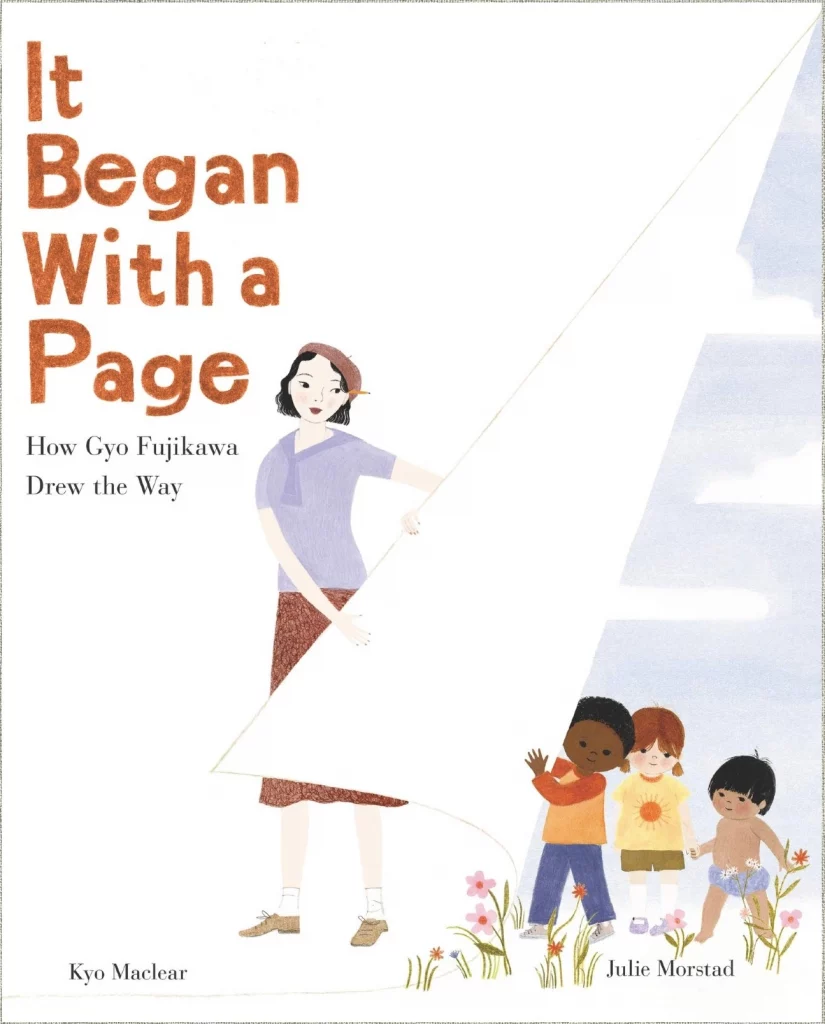
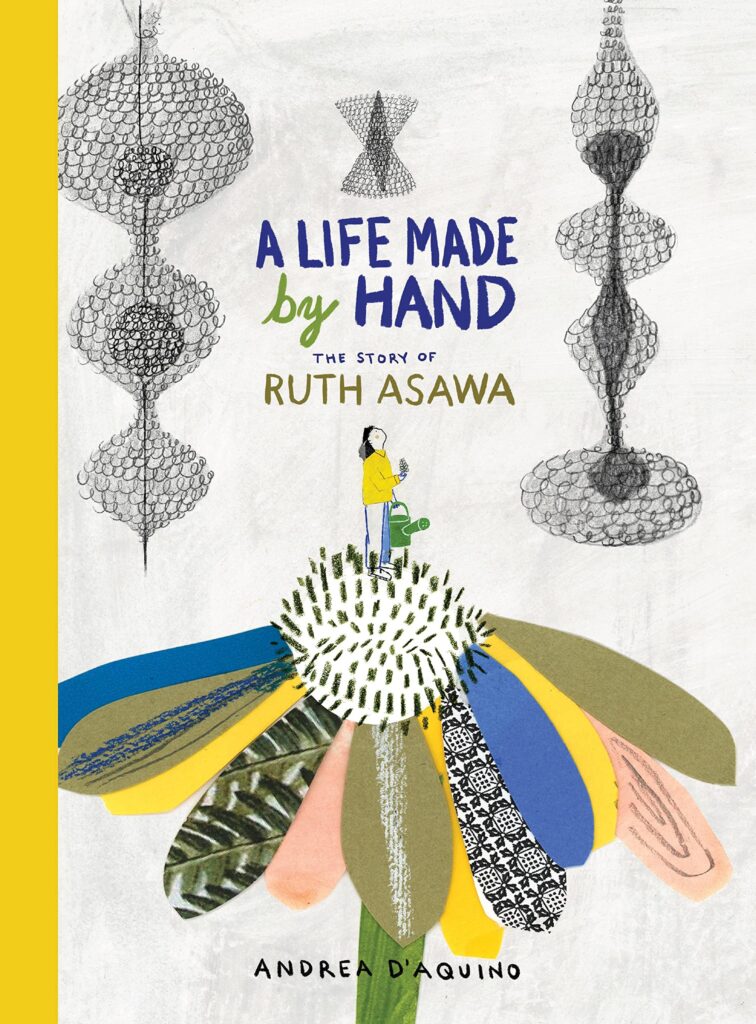
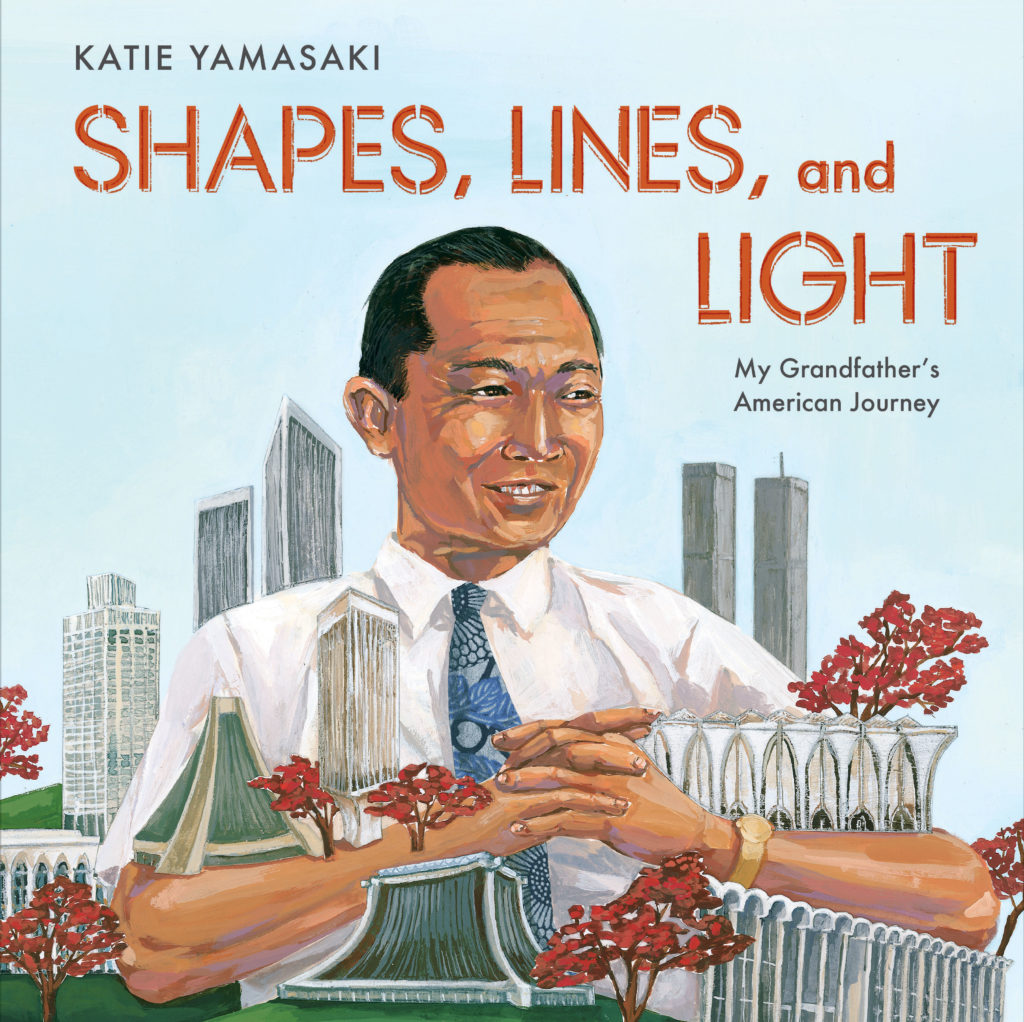
Ruth Asawa: A Sculpting Life
Joan Schoettler
Illustrated by Traci Van Wagoner
It Began with a Page: How Gyo Fujikawa Drew the Way
Kyo Maclear
Illustrated by Julie Morstad
A Life Made By Hand: The Story of Ruth Asawa
Andrea D’Aquino
Shapes, Lines and Light: My Grandfather’s American Journey
Katie Yamasaki
Since I wrote about children’s picture books fairly recently, this section focuses on books that have real-life Japanese American artist protagonists with only tangential references to the wartime incarceration.
We’ll start with two picture books about the renowned Nisei artist Ruth Asawa. Joan Schoettler’s Ruth Asawa: A Sculpting Life (grades K-3) is a straightforward biography that takes us through Asawa’s life—childhood on a California farm, wartime incarceration and success as an artist—in chronological fashion. Traci Van Wagoner’s painterly illustrations are realistic and evocative. Andrea D’Aquino’s A Life Made by Hand: The Story of Ruth Asawa (K-3) takes a different tack, tracing Asawa’s artistic journey in a more impressionistic manner. D’Aquino’s striking illustrations of charcoal and colored pencil augmented with collages of colored paper capture the spirit of Asawa’s work. But Asawa’s experience as a Japanese American—including her wartime incarceration—goes largely unmentioned, which, according to the Author’s Note, was the wish of her family, who wanted the focus to be on her art. Both books are worthwhile and might fruitfully be read back-to-back, prompting questions about the pros and cons of telling stories in different ways.
Katie Yamasaki’s Shapes, Lines, and Light: My Grandfather’s American Journey (grades 2 to 5) is a thoughtful and handsome book about architect Minoru Yamasaki, told from the perspective of his granddaughter. Katie uses the first-person voice to tell the story of “my grandfather,” imagining his childhood, the racism he faced, and the difficult decisions that followed over the course of his life and career, accompanied by lovely illustrations that are both realistic in the way they depict Minoru and other people and symbolic and imaginative in the way they depict the setting they find themselves in, with many of his buildings showing up in the background. The book also does a nice job of encouraging children to inquire about the stories of their own grandparents.
Kyo Maclear’s It Began with a Page: How Gyo Fujikawa Drew the Way (grades preschool to 3) is a warm and inspiring portrait of the artist and children’s book illustrator and author that takes us from her love of drawing as a young child to the success—despite initial resistance from publishers—of her pioneering multicultural 1960s children’s books that were an important part of my own childhood. Julie Morstad skillfully incorporates Fujikawa’s own distinctive style in her depictions of Fujikawa’s life and art.
Though both Fujikawa and Minoru Yamasaki were in New York during the war years and thus did not have to go to concentration camps themselves, both authors intentionally insert the Japanese American incarceration story into these books.
Young Adult Novels (middle school and up)
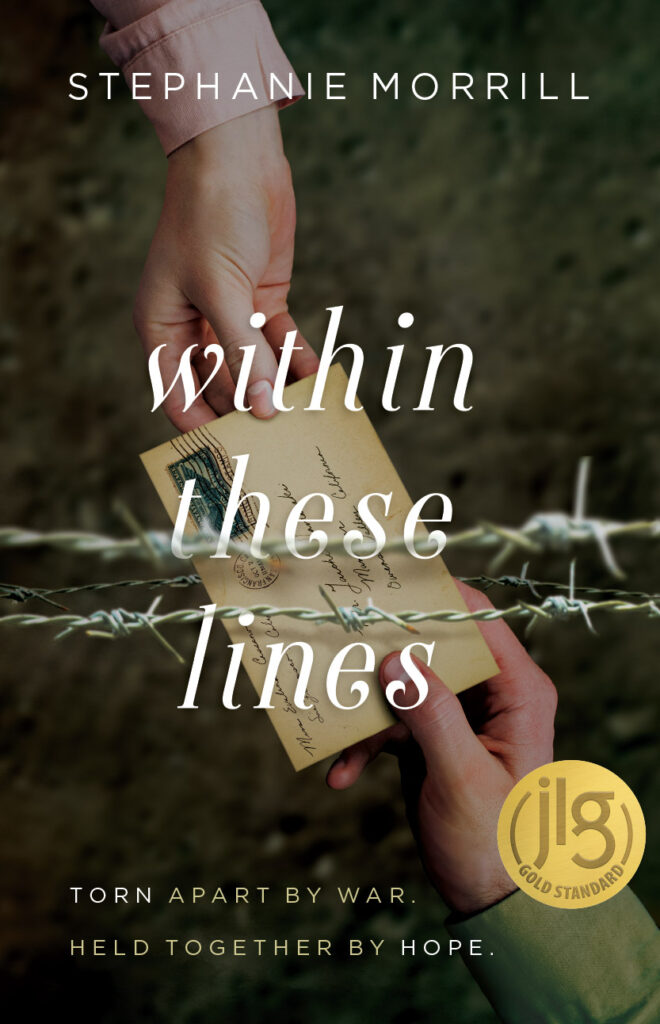

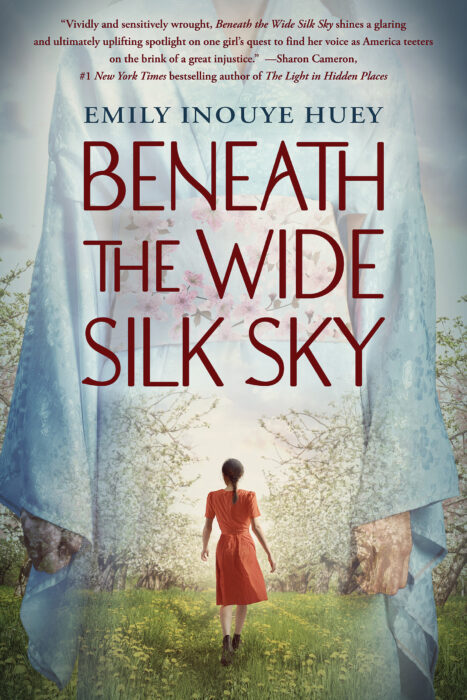
Within These Lines
Stephanie Morrill
This Light Between Us: A Novel of World War II
Andrew Fukuda
Beneath the Wide Silk Sky
Emily Inouye Huey
There are many more young adult novels with Japanese American incarceration related plotlines, but I’ll write about just three of them here. All three feature teenage protagonists coming of age during World War II while navigating their and their families’ exclusion and incarceration alongside budding interracial romances.
Emily Inouye Huey’s Beneath the Wide Silk Sky (grades 7-9) is set in fictional Linley Island, Washington—seemingly based on Bainbridge Island—in the weeks after the Japanese attack on Pearl Harbor and is centered on sixteen-year-old Samantha “Sam” Sakamoto, a tenth grader who lives with her Issei father and two older siblings, her mother having recently passed away. The family struggles to make ends meet as the farm they lease is owned by a usurious landlord whose son Beau happens to be Sam’s closest friend. Sam and Beau bond over shared secret artistic ambitions—Sam as a photographer and Beau as a musician—that they keep from their families. But the attack on Pearl Harbor changes everything as Sam navigates betrayal, family trauma, and romance. The story takes a while to get going and is such a downer for much of the time, with villains that come across as somewhat cartoonish, that it can be an ordeal to read. But things pick up in the second half. Despite some implausibilities in the plotting, the history is mostly sound, though there is some time shifting regarding characters’ knowledge of what is to come.
Stephanie Morrill’s Within These Lines and Andrew Fukuda’s This Light Between Us share a similar structure in that they are essentially heterosexual love stories that alternate between the perspectives of dual protagonists, who in both books are Nisei boys/men and white girls/women.
Within These Lines (grades 9-12) is perhaps the more conventional “camp” story. High schoolers Taichi Hamasaki and Evalina Cassano meet when Taichi starts delivering produce from the Hamasakis’ farm to the Cassanos’ restaurant. Their romance—which they keep secret from everyone—is put to the test when the Hamasakis are forcibly removed to Manzanar, from where Taichi breaks up with Evalina to protect her from the difficult life they would lead as a couple. But the determined Evalina isn’t one to take no for an answer. Though also somewhat slow moving, the story picks up towards the end and climaxes in Taichi’s tangential involvement in the December 1942 unrest at Manzanar. Morrill handles the history reasonably well—though as Bay Areas residents, the Hamasakis would likely have ended up at Topaz—and populates the story with many real historical figures. I also found Evalina and her family to be more developed characters than Taichi and his family, who come off as a bit inscrutable.
This Light Between Us (grades 7-12) has me a bit torn. Its protagonists are the bookish Nisei teen Alex Maki, again from Bainbridge Island and Charlie Lévy, a Jewish teenager growing up in Paris. (An aside: there were only a few dozen Japanese American families on Bainbridge in 1942; it sometimes feels like there are just as many books or films about or set in the Bainbridge Japanese American community.) Pen pals as part of a school assignment since they were kids, Alex and Charlie’s relationship blossoms as they grow older and face the twin travails to come. On the one hand, it is a remarkably unlikely story on various levels that plays pretty fast and loose with history in unnecessary ways. On the other it is a page-turner, with appealing characters that will no doubt serve as an introduction to key pieces of history to many young readers, much like, for instance, Jamie Ford’s bestselling The Hotel on the Corner of Bitter and Sweet, which this reminds of a bit.
Non-Fiction
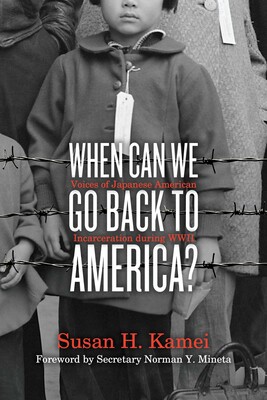
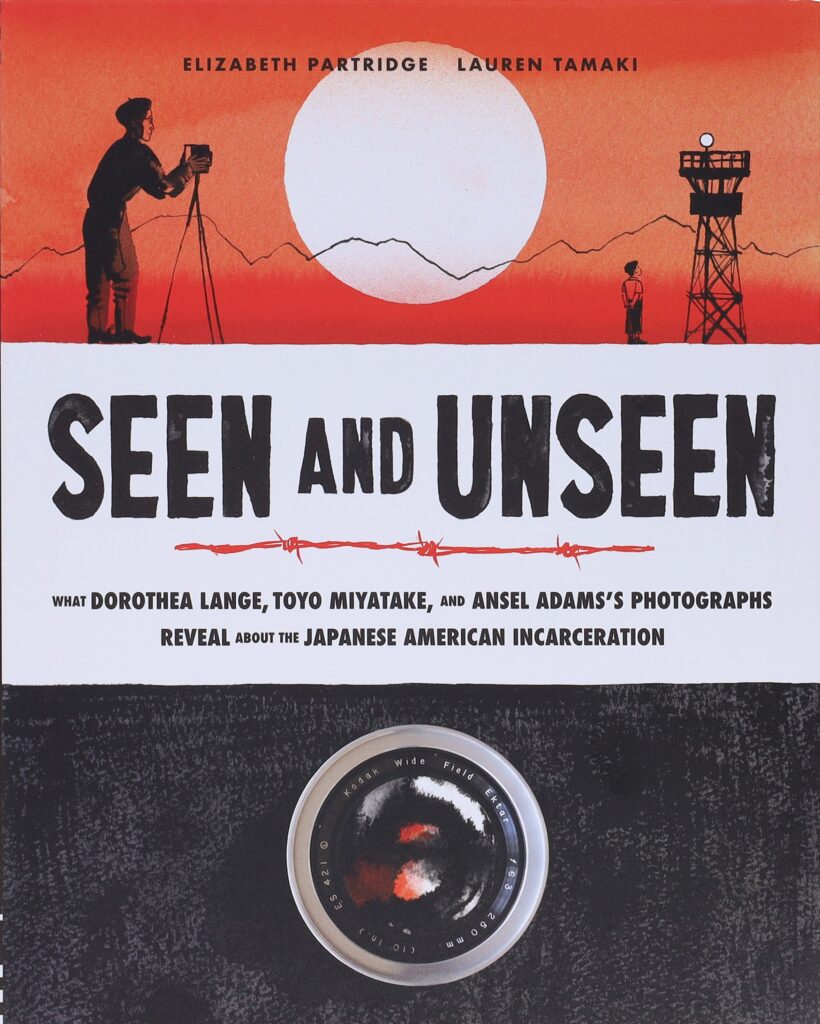
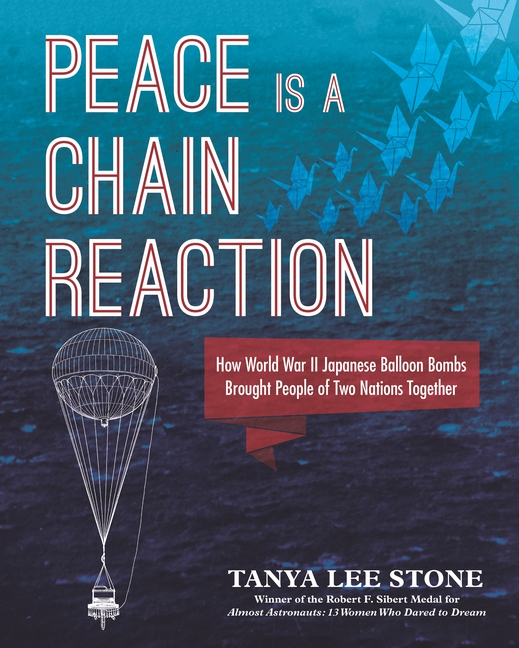
When Can We Go Back to America?
Susan Kamei
Seen and Unseen: What Dorothea Lange, Toyo Miyatake, and Ansel Adams’s Photographs Reveal about the Japanese American Incarceration
Elizabeth Partridge and Lauren Tamaki
Peace Is a Chain Reaction: How World War II Japanese Balloon Bombs Brought People of Two Nations Together
Tanya Lee Stone
Seen and Unseen (Grades 5–9) juxtaposes the story of the wartime incarceration of Japanese Americans with that of three photographers who documented that experience. The spare text by Elizabeth Partridge—who was Dorothea Lange‘s goddaughter—combines with Lauren Tamaki’s watercolor based illustrations augmented with historic photographs and striking graphic design. It also includes a great deal of supplemental information.
Peace Is a Chain Reaction (Grades 5–9) weaves together the story of the Japanese balloon bomb that killed six people in Bly, Oregon, in 1945, the Japanese schoolgirls who were conscripted into making the bombs under harsh conditions, and Kibei peace activist Yuzuru John Takeshita, who as a young man, had been incarcerated at Tule Lake, just a few miles down the road from Bly. Author Tanya Lee Stone tells the story with sensitivity and compassion and peppers the text with questions about the process of writing history that could well inspire young readers. Yuzuru’s brother Ben—whose Densho interview was a source for the book—wrote the foreword.
Finally, there is Susan Kamei’s When Can We Go Back to America? (Grades 9 and up), a massive work that is the first historical overview of the forced removal and incarceration written for youth audiences that I can recommend. Kamei weaves together dozens of inmate accounts to provide a variety of Japanese American perspectives on the story. An administrator at USC with a legal background, Kamei teaches a class on the Japanese American incarceration there and draws extensively on Densho resources in telling the story. While I would have liked to have seen more Issei voices and more use of contemporaneous sources such as letters and diaries, this is still a fine introduction and overview to the topic for the teenagers in your life.
—
By Brian Niiya, Densho Content Director
Author’s note: In disclosure, I served as a pre-publication reviewer or advisor on the books by Abe/Nimura, Faulkner, Kamei, and Stone.
